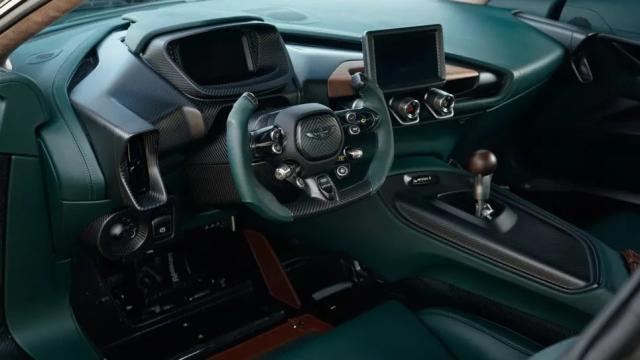Turns out, there’s a 100 per cent effective way to teach people to drive a manual. I first heard it several years ago from the sainted Tappet Brothers, and I’ve taught maybe 25 or 30 people to drive a manual with it since — with a zero per cent failure rate.
I personally learned to drive a manual the same way everyone does, sitting behind the wheel while someone shouted “Gas! Clutch! Now CLUTCH…A Little More Gas!” at me. Once I could get a car moving, I borrowed manual-equipped cars until I got the hang of it, then bought my own manual-equipped car and drove until it became as natural as walking.
But, as mentioned above, there’s a better way. What I’ve been calling the “Car Talk Method” simplifies the process of mastering the manual transmission to its component tasks, starting with the one that’s actually difficult. I encountered it on this episode, and though I’d been driving a manual for years, it immediately resonated as the correct way (the relevant part starts at 29:00):
You can hear the caller, Joanne from Texarkana, Texas, saying,
“Basically, I like my kids, you know…I do. And I want to help them to learn how to do this. And, the problem we’re having, is that it’s not an inability to shift gears, we haven’t even got that far yet. Now, I’m usually a fairly calm person, but these herky jerky starts from the stop position…I am about to import a full-time chiropractor into the house.”
Ignoring the part about the chiropractor, the rest should sound familiar. The problem with learning to drive a manual isn’t shifting and it’s not driving — it’s moving from a standstill. That’s the hangup, and it’s the part where most failed manual-driving lessons turn to tears.
The concept of applying the gas and releasing the clutch, “balancing the pedals” or whatever — it’s hard to do. As the teacher, you’re putting the student in the car and attempting to teach this student what you do, the whole thing. The way you feel for clutch engagement, give the car throttle and set off gently down the road. Tom and Ray suggested focusing on a single aspect of the procedure. Here’s what you do:
Get the car to someplace nice and flat where you’re not going to encounter traffic — a parking lot. Put the student in the driver’s seat, with the car running, in neutral. Have them depress the clutch and select first gear. Now, without touching any of the other pedals, have them slowly release the clutch until the car starts rolling. They should be able to get the car moving under its own power and release the clutch entirely. Have them practice this over and over and over.
Once they’re able to master the clutch release, move on to driving around and shifting, always coming back to a stop and then starting off again with just the clutch. Once the the feeling of the clutch engaging is mastered, move ahead to using the throttle pedal when starting off.
The complicated idea of balancing the gas with the clutch gives way to the very simple idea of learning where the clutch engages — the sacred friction point. Sometimes it helps to explain what’s actually happening when the clutch engages so the student can visualise it.
That’s it! Go grab your significant other, your dad, your neighbour and teach them the skill that drops the scales from their eyes. Help them stop seeing cars as the things they use to get around and start seeing cars for what they really should be — fun machines to goof around with. Try it!
This article has been updated since it was first published.
